Originally scheduled to be announced sometime in April, the government has finally revealed the new road tax structure for electric vehicles (EVs), with transport minister Anthony Loke unveiling the new rates earlier today.
There’s good news for EV owners, because as promised, the new EV road tax isn’t just lower than the current structure that was first determined in 2019, it is cheaper than that for internal combustion engine (ICE) vehicles (though not in the lowest part of the spectrum), very much aligned with the government’s policy on providing incentives to encourage the use of EVs, said Loke.
While all EVs registered in Malaysia presently do not pay road tax, given their exemption from this until end-2025, they will begin paying for it when the exemption period ends, with the new structure coming into effect on January 1, 2026.
The new EV road tax structure is still kilowatt (kW)-based and grouped in motor output power bands, with the ministry saying that is the most relevant manner to go about determining things during a special presentation on the matter for selected members of the press late last week.
However, the intent has been to make the new structure as simple and easily understood as possible. As you can see in the slide tables, the new rates are significantly cheaper than that defined currently, with up to an 89% reduction (on average, 85%) in rates from the previously assigned ones, which are of course not being paid at the moment.
Under the new structure, each power band has its fees arranged in set blocks, with each 9,999 watt (or 9.99 kW) block adding on a set increment in each power band (as denoted in very general terms in the table above, for a more detailed breakdown, see the table at the end of the story). The new fees start at RM20 at the very lowest tier, from 1 watt to 10 kW, but this will never be applied given the output of EVs.
At the highest point of the up-to-100,000 watt (100 kW) band, the rate increases by RM10 for every higher block of output, capping at RM70 at 100 kW. From the 100,001 watt to 210,000 watt (210 kW) band, road tax prices vary from RM80 to RM280, with a RM20 increase per 9.99 kW block within the band.
From the 210,001 to 310,000 watt (310 kW) band, road tax fees range from RM305 to RM575, with the subsequent block increment in it being set at RM30. As for the 310,001 to 410,000 watt (410 kW) band, expect to pay anywhere from RM615 to RM1,065, with each 9.99 kW block increase set at RM50.
As such, with 100 kW, the Kona e-Lite will pay RM70 for its annual road tax when things kick off at the start of 2026, as opposed to RM243 under the replaced structure. The Ora Good Cat 400 Pro and 500 Ultra (105 kW), along with the Nissan Leaf (110 kW), will pay RM80, while owners of the BYD Dolphin Dynamic Standard Range, at 70 kW, will have to fork out RM40 a year for their road tax. Go with a Neta V that also packs 70 kW and it is also just RM40. Sounds very reasonable, no?
It is worth noting however that the government’s statement of EV road tax being cheaper than that for ICE vehicles only holds true running up the scale at this juncture, because at the very lowest end of the spectrum it really isn’t, until a passenger EV with an output of 50 kW or less shows up on the road in droves. Even then, it will be parity, as a 1.0 litre ICE vehicle pays only RM20 road tax per year.
Most premium EV offerings will also pay what should constitute very affordable rates for their road tax, with that for a Mercedes-Benz EQE 350+ being RM305 instead of RM2,779 on the old rate, and that for the BMW iX1 xDrive30 and xDrive40 at RM335 and RM365 respectively.
According to the ministry, Tesla Model Y and Model 3 Highland SR RWD owners will be paying RM305 and RM280, well under the nearly RM2.6k they would be paying if the structure was not revised. Elsewhere, those with vehicle models in the 300 kW output zone will have to dish out RM545 a year, surely preferable than the RM4,503 listed under the old structure.
As electric motor outputs climb, so do the rates, of course, and BYD Seal Performance buyers will need to plonk out RM965 a year (RM7,504 on the old rate), while Kia EV6 GT owners will pay RM1,240 (RM7,623 on the old structure).
About the only people who might (and this is a very big might, actually) feel any pinch would be Lotus Eletre R owners, who will be paying RM4,890 for their road tax annually. While the Taycan Turbo GT road tax as listed in the table is even higher, it should be a case of an erroneous kW input, as we were told by ministry officials that calculations are based on the nominal power output. With a 580 kW nominal output, the Taycan GT would pay RM3,065.
Some additional points gleaned during the announcement session at the transport ministry’s office in Putrajaya today. The new EV road tax structure will apply only to battery EVs and fuel-cell EVs (FCEVs), and rates will be applied in uniform fashion across the country, which means there is no price difference in the road tax for EVs registered say, in Sabah and Sarawak, compared to the peninsula.
Still on the matter of uniformity, the rates will be the same for individual and company/business registrations until further notice, said the ministry. According to Loke, the rates in the road tax structure will be reviewed every five years to ensure they are effective in achieving the objective of getting people to transition to zero-emissions vehicles.
Elsewhere, the rates for electric motorcycles remain unchanged, with the ministry saying that the existing rate of RM9 to RM42 for e-motorbikes is acceptably low enough. Also, persons with disabilities, whose road tax exemption was mentioned in Budget 2022, will also be exempted from paying road tax for one EV.
On the whole, the revised EV road tax structure should surely look a far sight better than the old one for most owners and those looking to adopt such vehicles. What do you think of the new EV road tax structure? Yay, or is there still some beef with the new rates? Share your thoughts with us in the comments section.
Here’s a detailed breakdown of the new road tax structure for EVs effective from January 1, 2026:
Looking to sell your car? Sell it with Carro.

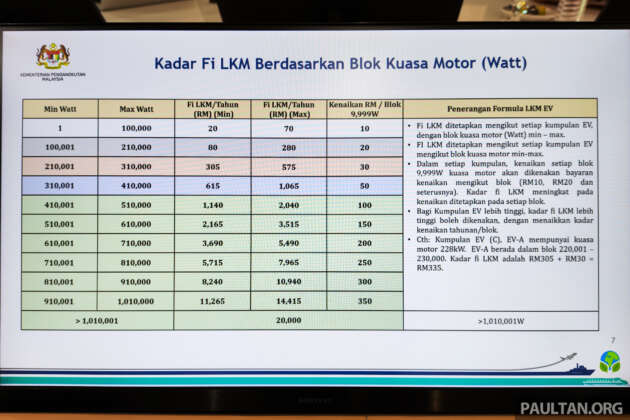
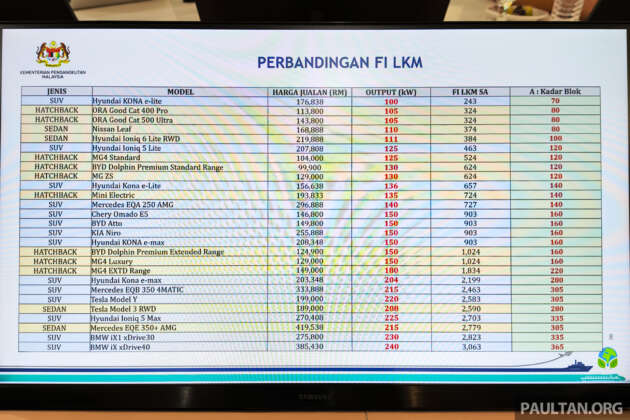
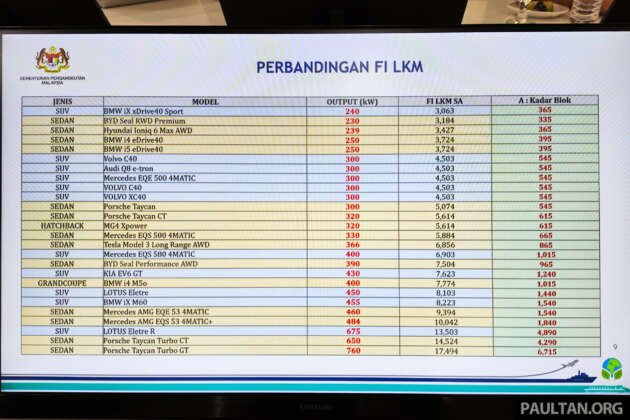
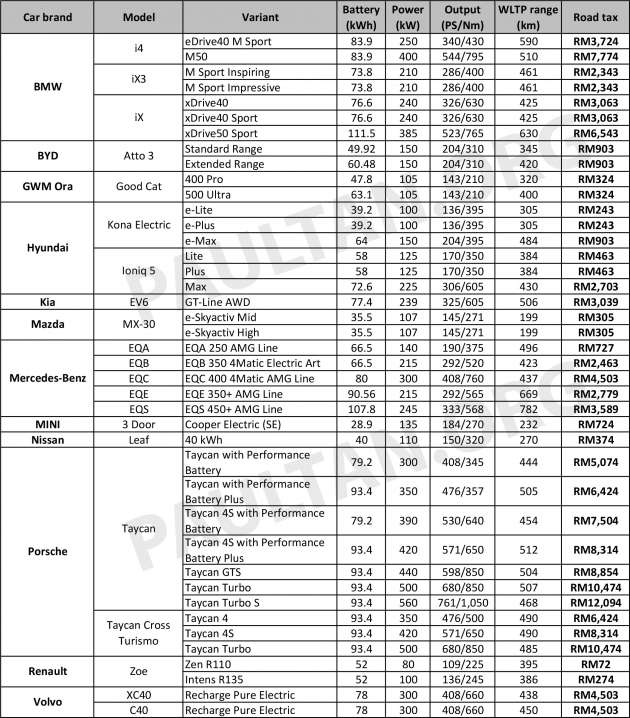
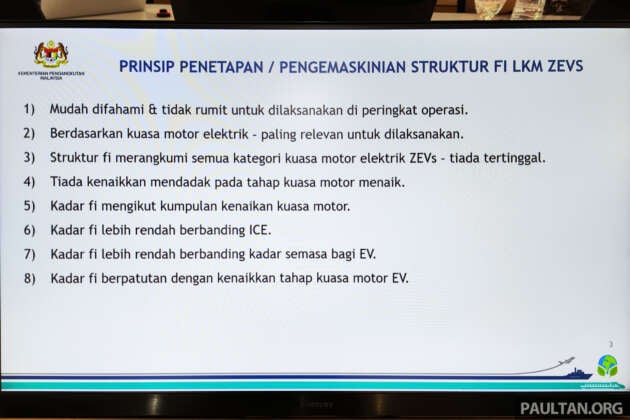



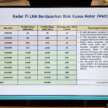



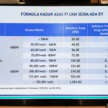














AI-generated Summary ✨
Comments mostly agree that the new EV road tax structure is aimed at promoting adoption among city dwellers, particularly lower-income groups, by offering lower taxes than ICE vehicles. Many highlight that the policy benefits the wealthy more, as high-performance EVs with greater power output are still expensive but enjoy reduced taxes, leading to concerns about fairness. Some critics point out that the tax system based on kW favors EVs over ICE and questions arise about the environmental impact, road wear, and battery replacement costs. There’s also skepticism about whether the structure truly makes EVs cheaper for everyone, and some see it as a political move benefiting the rich while punishing lower-income drivers. Overall, sentiments range from approval of the policy as a step forward to criticisms regarding fairness, environmental impact, and long-term implications.